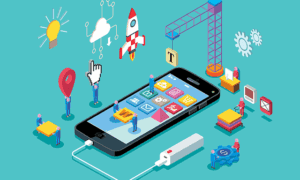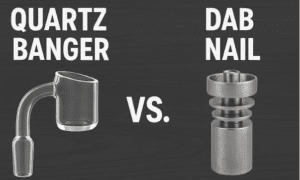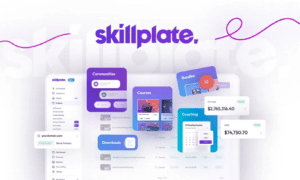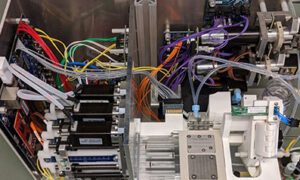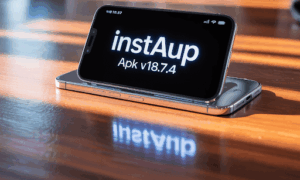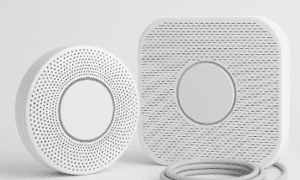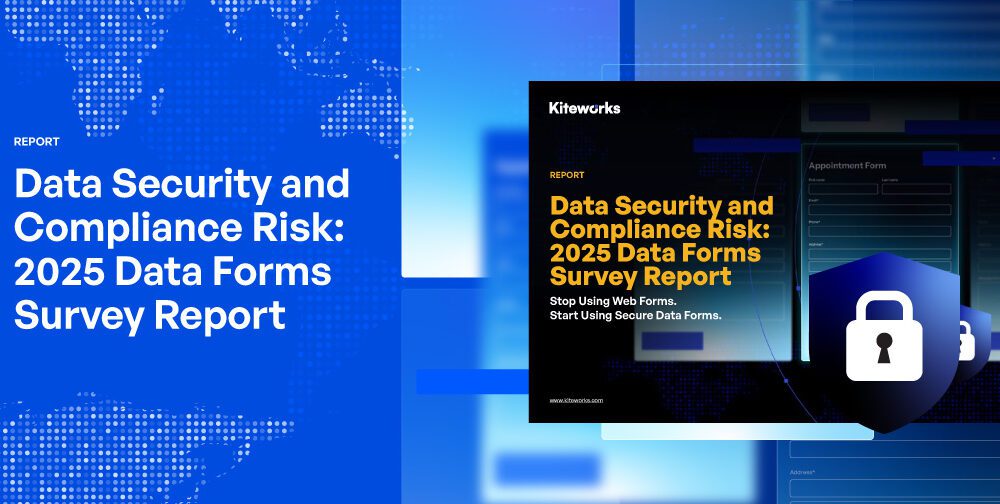Humans crave convenience, and food ordering app provide that feature. UberEats, DoorDash, and FoodPanda will be setting the bar so high that it has become mandatory for the business to keep up with the times. But that is not everything: these apps rely on AI, GPS technology, and analytics in providing better customer experience and very quick and easy delivery. In case you are a developer or a business owner who is interested in stepping into this space, it is time to consider current trends, challenges, and opportunities that exist in mobile application development.
Current Trends in Food Delivery App Development
1. AI-Powered Personalization
Ever wondered how a food ordering application proposes different restaurants or meals based on your order history? That is the work of artificial intelligence or AI. AI analyzes user behavior, forecasts user preferences, and cycles through the ordering process to facilitate personalization. The more an application is used, the better AI understands its user.
2. The Rise of Cloud Kitchens
Cloud kitchens or virtual restaurants are causing a tremendous shift in the food sector. A cloud kitchen is a restaurant without a physical dine-in space, relying solely on food delivery apps to deliver its product to consumers. Cloud kitchens represent an emerging profitable business trend, characterized by minimal expense and maximum efficiency.
3. Secure Payment Methods and Contactless Delivery
Contactless delivery has become very key since the COVID-19 pandemic. Convenient and secure mobile wallets, QR codes, in-app payment methods, and other secure options aid the transaction. Customers are now opting to use secure digital payments rather than cash for their purchases. Thus options for secure payment gateway are becoming the core over the focus in food delivery app development.
4. Augmented Reality (AR) to Enhance Experience
Imagine when you can hold your phone over the table to see a 3D image of your food after confirming the order. This is the job of AR. Some apps use AR tech to visualize a food product before the purchase to ignite engagement and trust.
5. Green and Sustainable Delivery
As people become more environmentally conscious, delivery food services have sought for environmentally conscious alternatives. Most apps today allow green packaging or carbon-neutral delivery. Delivery companies are now also using electric cars and bikes to minimize the carbon footprint.
Difficulties in Developing Food Delivery Applications
1. Harsh Competition in the Industry
Many food delivery apps are out there making it quite difficult to identify and actually be unique. Startups have to rush, offer better discounts, or have some luxury restaurants in their fleet. There is no competition without having a type of unique differentiation. Something has to be changed.
2. Threats to Data Security and Privacy
These apps are required to obtain and store customer’s personal information including payment data. So, they’re left with hacking threats. Hence, there should be security measures, like two-step authentication & data encryption, to keep customer’s data from identity theft.
3. Efficient Delivery System Maintenance
Reliable delivery and order completion is primary to satisfying customers and reducing grievances. Without logistical support, a food delivery application would not have an appealing demand. The system must include app developments, an automated order tracking, and real-time GPS-powered AI dispatching together with route optimization.
4. Customer Engagement Maximization
Gaining a user’s attention is one thing, whereas keeping it occupied on the other hand is quite a task. Today, people are so much smarter and tech-savvy that they would know about other applications giving better discounts and services, hence making it easier for such users to switch. Therefore, discounts, loyalty programs, and excellent customer service become a part of the business.
Difficulties in Developing Food Delivery Applications
1. Harsh Competition in the Industry
Many food delivery apps are out there making it quite difficult to identify and actually be unique. Startups have to rush, offer better discounts, or have some luxury restaurants in their fleet. There is no competition without having a type of unique differentiation. Something has to be changed.
2. Threats to Data Security and Privacy
These apps are required to obtain and store customer’s personal information including payment data. So, they’re left with hacking threats. Hence, there should be security measures, like two-step authentication & data encryption, to keep customer’s data from identity theft.
3. Efficient Delivery System Maintenance
Reliable delivery and order completion is primary to satisfying customers and reducing grievances. Without logistical support, a food delivery application would not have an appealing demand. The system must include app developments, an automated order tracking, and real-time GPS-powered AI dispatching together with route optimization.
4. Customer Engagement Maximization
Gaining a user’s attention is one thing, whereas keeping it occupied on the other hand is quite a task. Today, people are so much smarter and tech-savvy that they would know about other applications giving better discounts and services, hence making it easier for such users to switch. Therefore, discounts, loyalty programs, and excellent customer service become a part of the business.
The last data set or data collected to train the AI through machine learning techniques is up to October 2023.
5. The Peak Order Management
During the peak demand hours and days of the week, food delivery applications are flooded with orders. Thus if the app is not well tuned to handle heavy loads, users will either wait for longer timeframes or cancel their orders.
Opportunities for the Future of the Food Delivery Apps
1. Entering New Markets
All the big food delivery companies are now even covering rural and town markets, which previously had no food delivery business. This indeed has great prospects for doing business.
2. Voice Search and AI Chatbots
Voice assistants such as Siri and Google Assistant are gaining more popularity. Promoting voice search in food order apps would enable customer handling via voice only. AI Outfits would help too at answering questions raised by customers and thus enhancing customer convenience.
3. Exclusive Partnership with Restaurants
The food ordering apps can stash promotions and specials when they partner with local and international restaurants. The partnership attracts customers and income for the two.
4. Autonomy and Drones Deliveries
UberEats and Domino’s are right now testing drone and robot deliveries. This technology is not so mainstream today, but it can be the next star in the low-delivery-cost and fast-time industry.
5. AI-Predictive Ordering
Now, picture this: Your food ordering application telling you what you ought to eat before you even thought about it. Predictive ordering through AI can learn your routine and suggest meals at just the right time. That elevates user experience and ultimately increases sales.
Frequently Asked Questions (FAQs)
1. What Influence Does Mobile Application Development Have On Food Delivery Companies?
The development of mobile apps will impact the entire activities of food ordering within the app by allowing a more fluid experience of the app, coupled with real-time tracking, safe payments, and personalized suggestions.
2. What Are the Main Aspects of an Ideal Food Delivery Application?
A well-rounded food ordering app contains easy navigation, AI recommendation via the apps, safe payment options, live tracking of food delivery, and loyalty-based reward systems.
3. What are the issues faced by food delivery apps? The threat of high competitive pressure, insecurity of data, management of logistics, customer retention, and peak orders are common issues.
4. How do food delivery apps improve customer loyalty? Loyalty schemes, targeted offers, and quick responses, together with good service, keep the users tied to their services.
5. What are the Prospects of Food Delivery App Development? Future developments are predictive ordering using AI, voice search enabled, delivery by drone, and integration with smart restaurants works towards a better user experience and increased efficiency.
Conclusion
Mobile application development is changing completely the food delivery industry as it has never happened before. The food delivery will be completely changed by technology and will be able to make it smarter, faster, and more convenient from drone delivery to AI suggestions.
Investment in food order app development is no longer an optional choice for businesses; it has turned into a matter of survival and competitiveness. However, good planning and execution are key to success depending on how well the business meets challenges like stiff competition, logistics issues, and customer retention.
By innovation, great user experience, and intelligent logistics, any business will develop a food delivery app that should excel significantly over others in an ever-emerging fast-changing industry. The future of food delivery shows a brighter shade, and those who twist with the change will thrive






